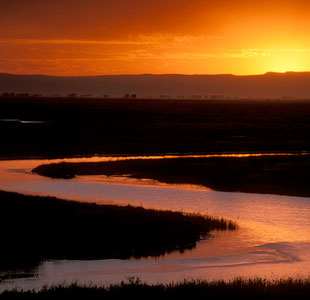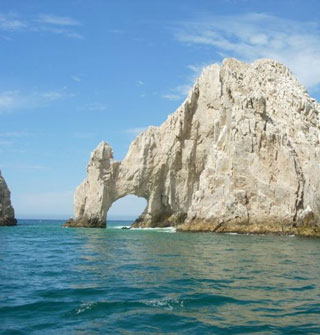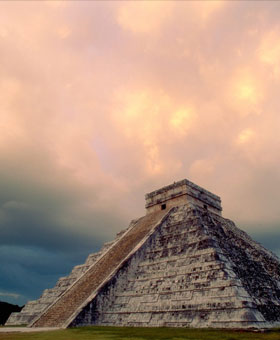Mexico
Country statistics

Land area: 742,485 sq miles (1,923,039 sq km)
Total area: 761,606 sq miles (1,972,550 sq km)
Population (2010 est.): 112,468,855 (growth rate: 1.1%); birth rate: 19.4/1000; infant mortality rate: 17.8/1000; life expectancy: 76.2; density per sq km: 57
Capital City: Mexico City
Monetary unit: Mexican peso
Languages: Spanish, various Mayan, Nahuatl, and other regional indigenous languages
Ethnicity/race: Mestizo (Amerindian-Spanish) 60%, Amerindian or predominantly Amerindian 30%, white 9%, other 1%
Religions: nominally Roman Catholic 89%, Protestant 6%, other 5%
Country introduction

Mexico is situated in the south-western part of mainland North America, bordered by the United States to the north, and Belize and Guatemala to the south-east.
The center of Mexico is a great, high plateau, open to the north, with mountain chains on the east and west and with ocean-front lowlands lying outside of them. Mexico is about one-fourth the size of the United States.
The terrain and climate vary from rocky deserts in the north to tropical rain forest in the south. Mexico's major rivers include the Río Bravo del Norte (Rio Grande) and the Usumacinta on its northern and southern borders, respectively, together with the Grijalva, Balsas, Pánuco, and Yaqui in the interior. The Tropic of Cancer effectively divides the country into temperate and tropical zones.
The culture

Ancient Mexico and Central America were home to some of the earliest and most advanced civilizations in the Western Hemisphere.
This region is known historically as Mesoamerica, a term that refers to the geographic area and cultural traditions of the pre-Columbian civilizations of Mexico, Belize, Costa Rica, El Salvador, Guatemala, Honduras, and Nicaragua. Maya civilization flourished in Southern Mexico and Central America between AD 250 and 900, a time known as the Classic period.
Mexican culture is a fascinating blend of Native American traditions and Spanish colonial influences. Long before the Spaniards arrived in the 16th century, the indigenous civilizations of Mexico had developed arts such as ceramics, music, poetry, sculpture, and weaving.
Attractions & landmarks

Mexico is a popular travel destination with many attractions. From high plains and deserts to thick jungles and pristine beaches along both the Caribbean and Pacific coasts, this is a country of enormous contrasts.
Popular activities include exploring the famous Metropolitan Cathedral and the Frida Kahlo Museum. Favorite cultural institutions are the National Palace presidential residence and the Palace of Fine Arts. Also, be sure to stroll the Central University City Campus, which was built from 1949 to 1952 by more than 60 architects, engineers and artists.
The most notable attractions are the El Castillo, also known as the Temple of Kukulkan, which is a Mesoamerican step-pyramid that dominates the center of the Chichen Itza archaeological site in the Mexican state of Yucatán in Cancun city. The beautiful pyramid is dedicated to the Wind God and considered one of the major attractions of the country.
As well as offering several Mayan archeological spots, the island of Cancun is also an ideal location for water sports. A wide variety of aqua activities such as snorkeling, yachting and fishing can also be enjoyed in Acapulco city in the Coyuca Lagoon.
The Mayan Riviera is one of the most admired tourist attractions in the whole world. The famous Mayan Reef, the largest reef of coral in the Western Hemisphere, is the main attraction of the Mayan Riviera.